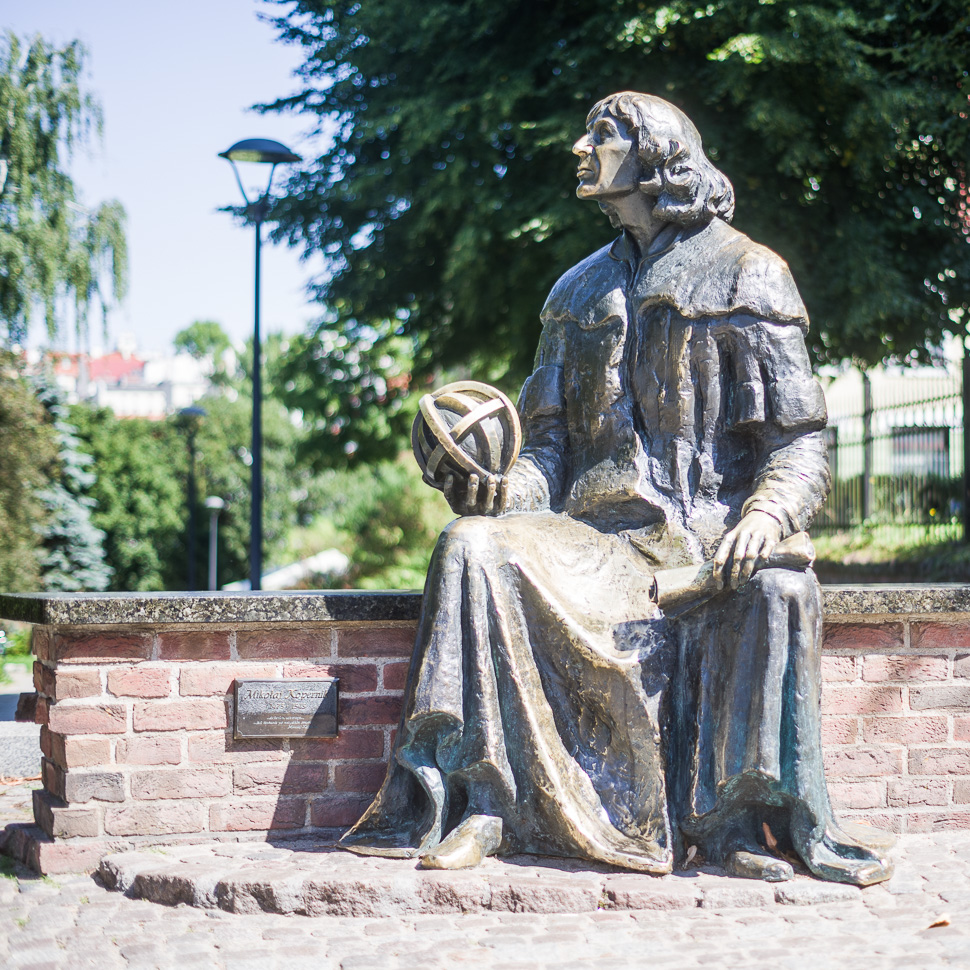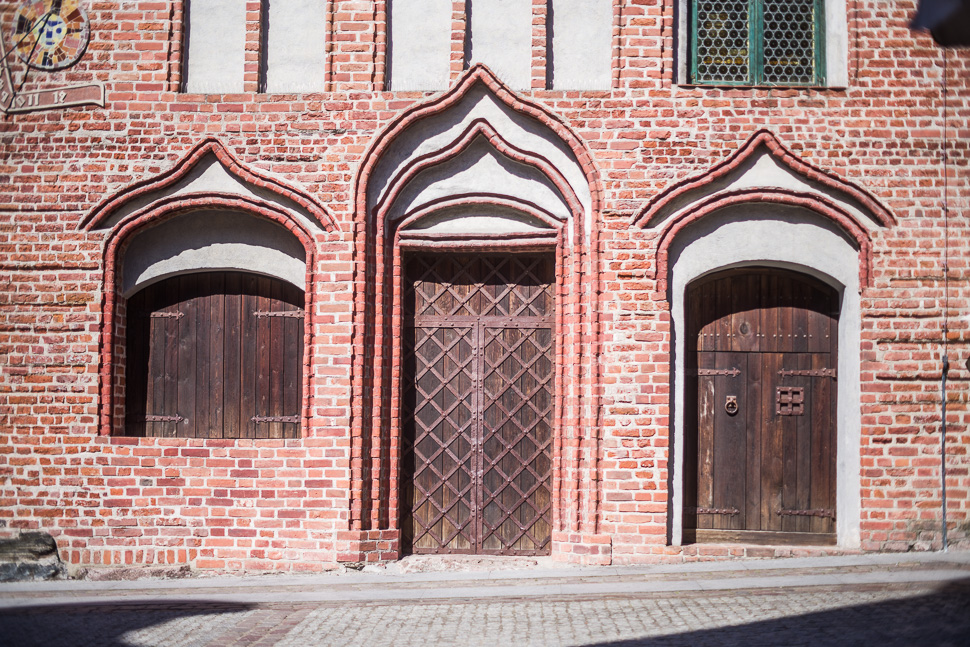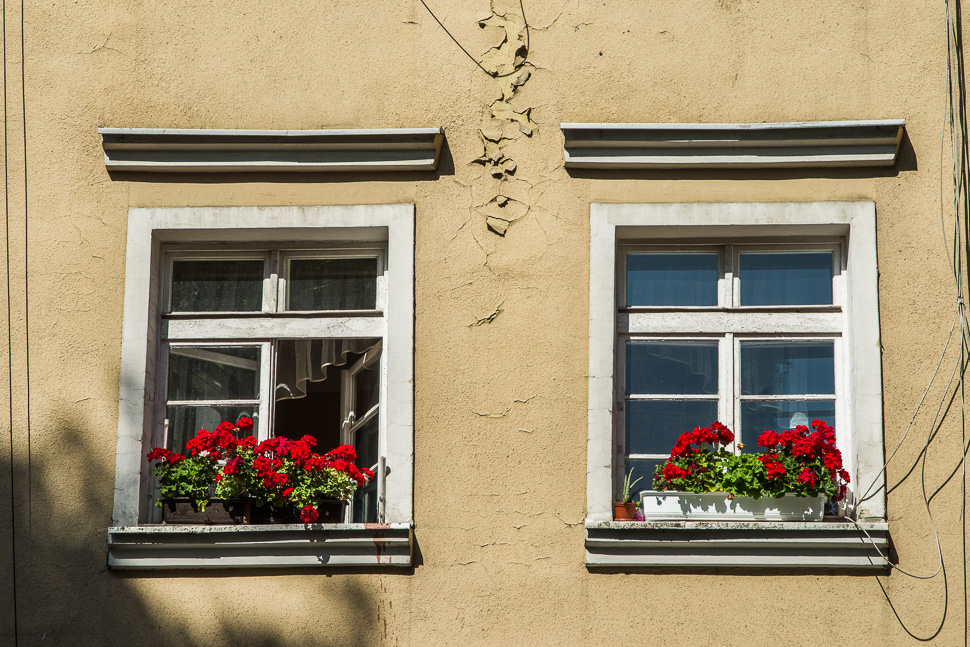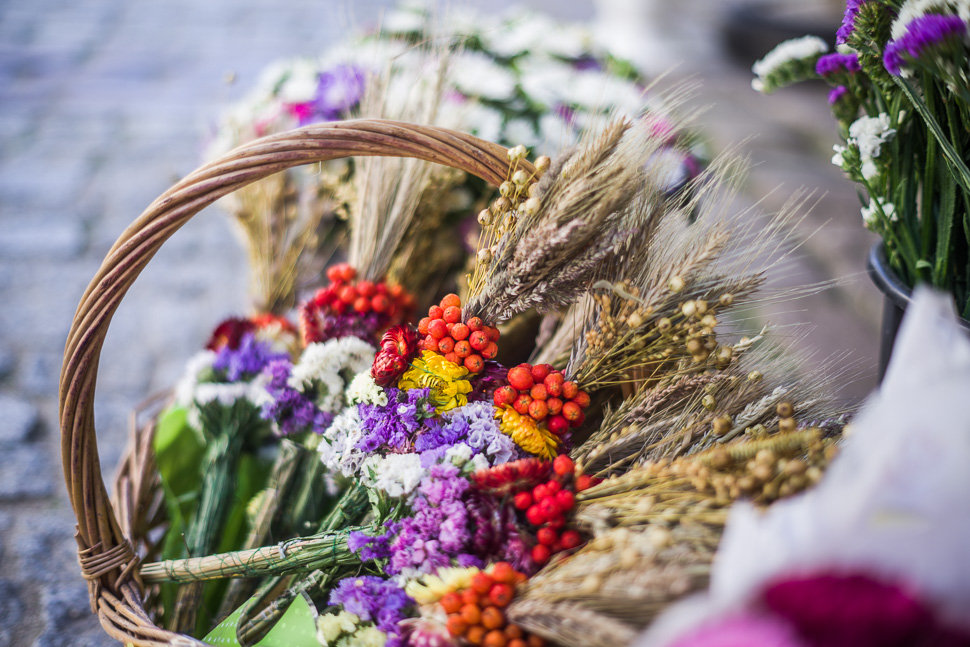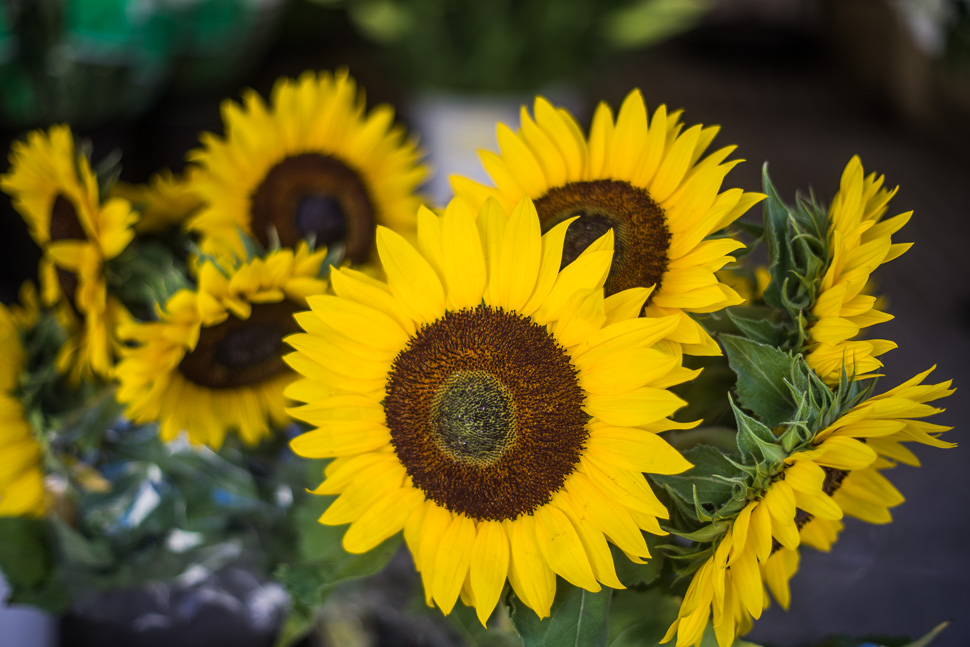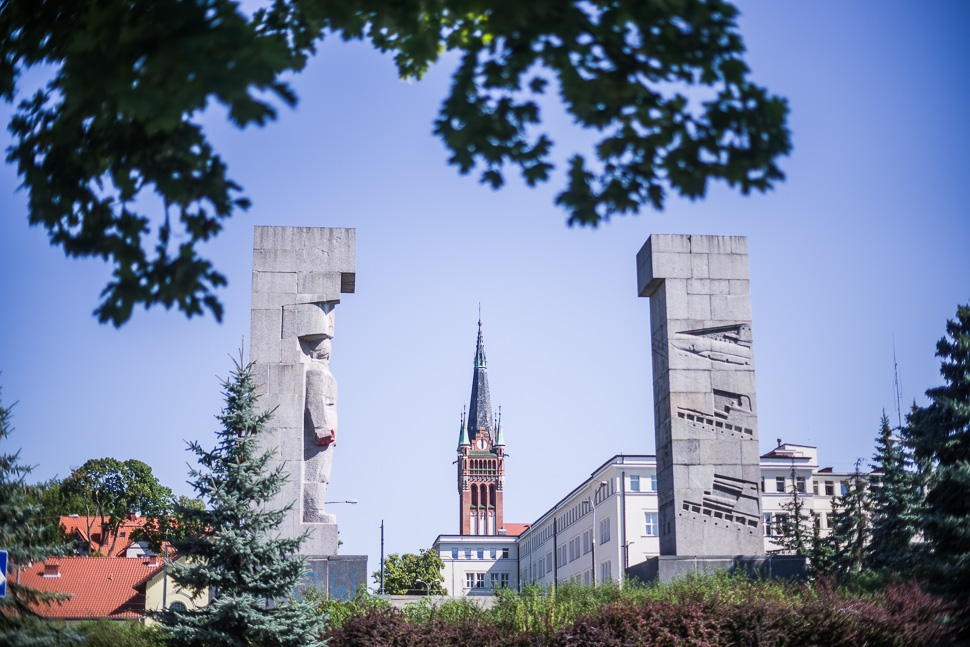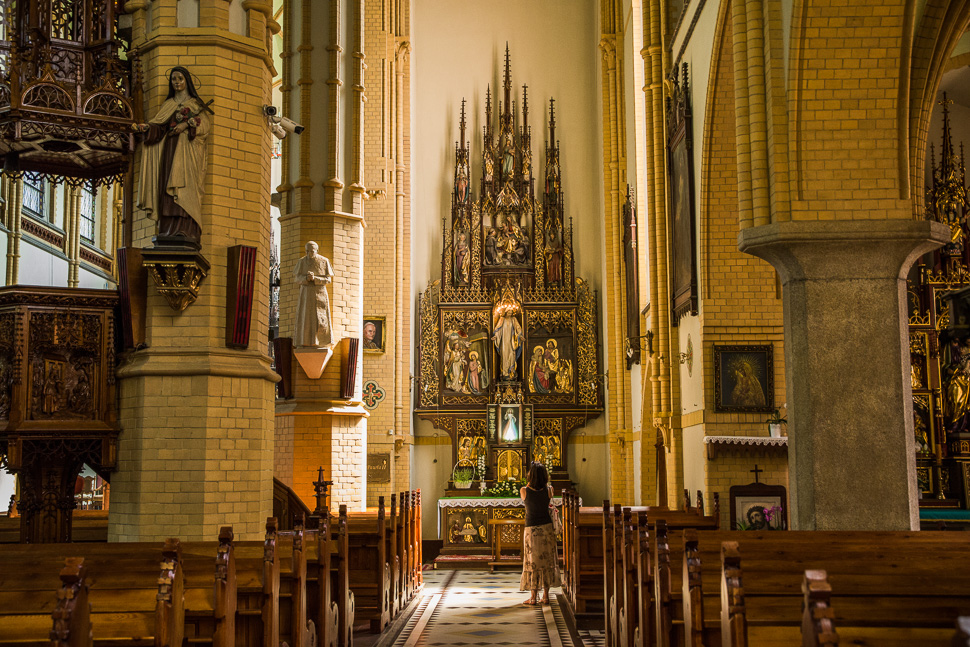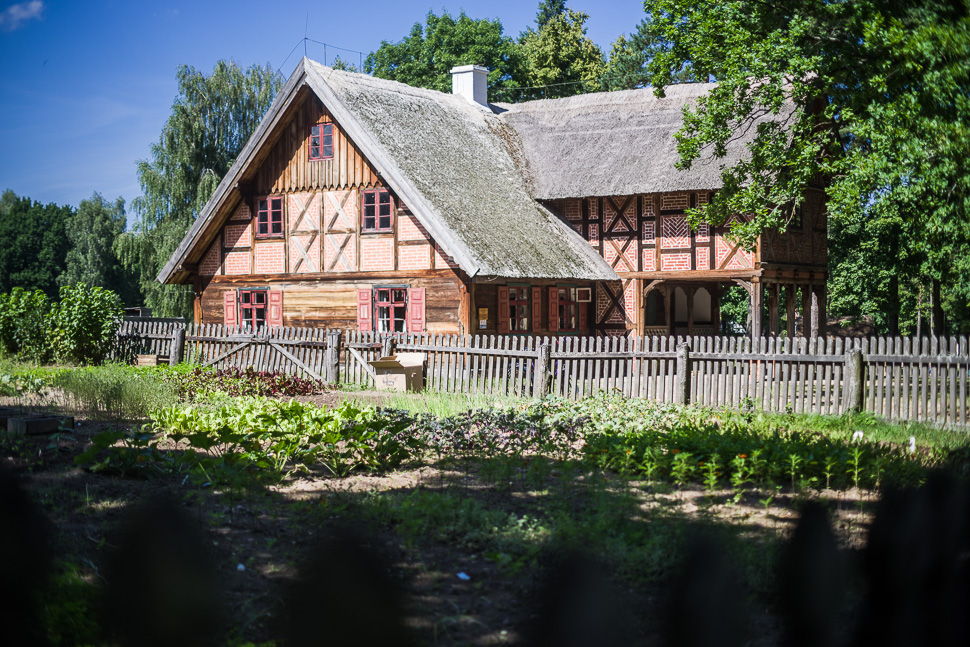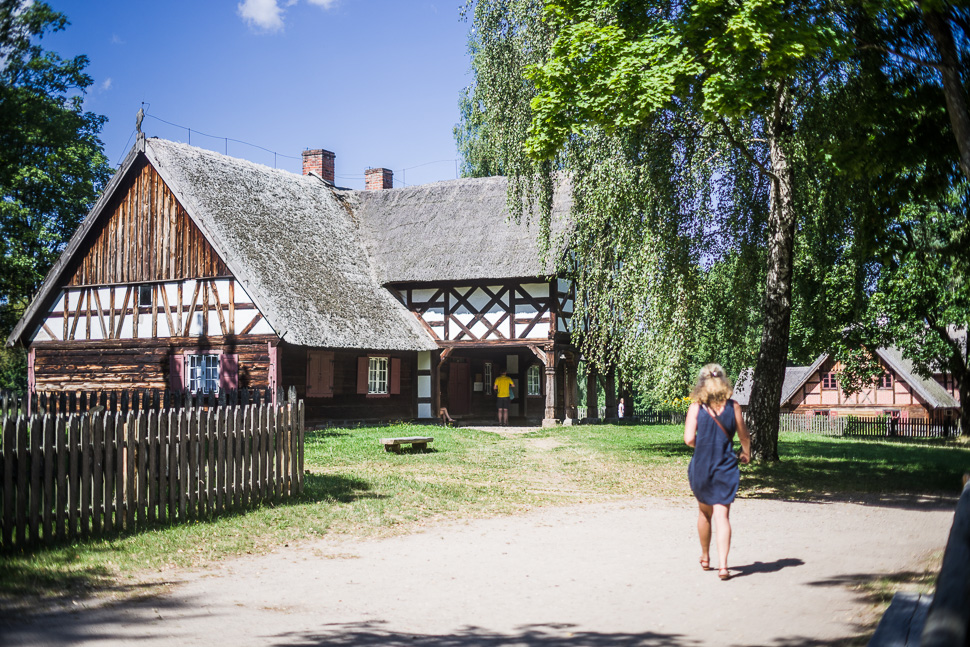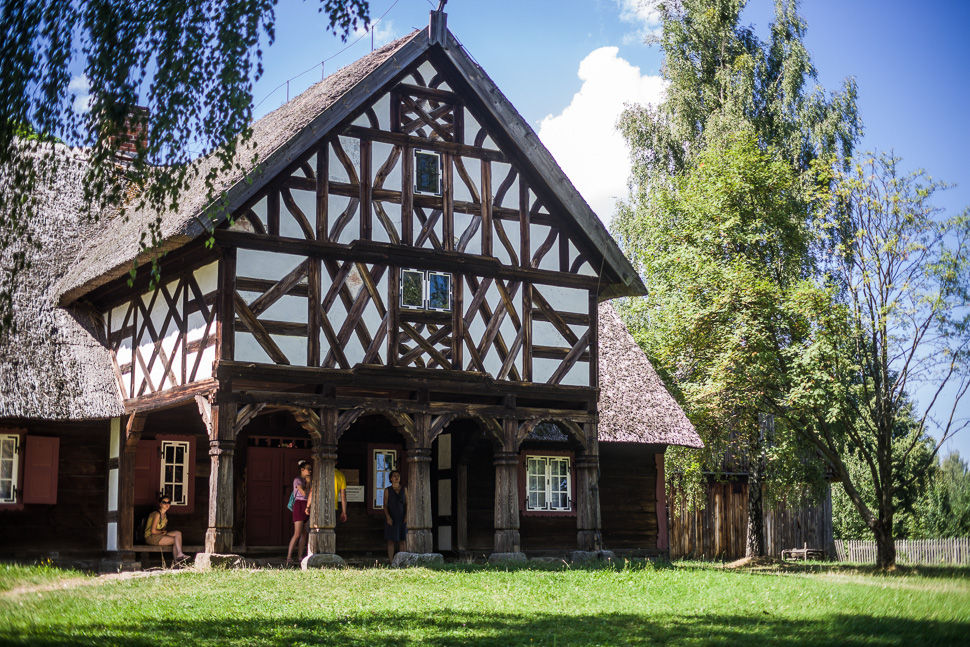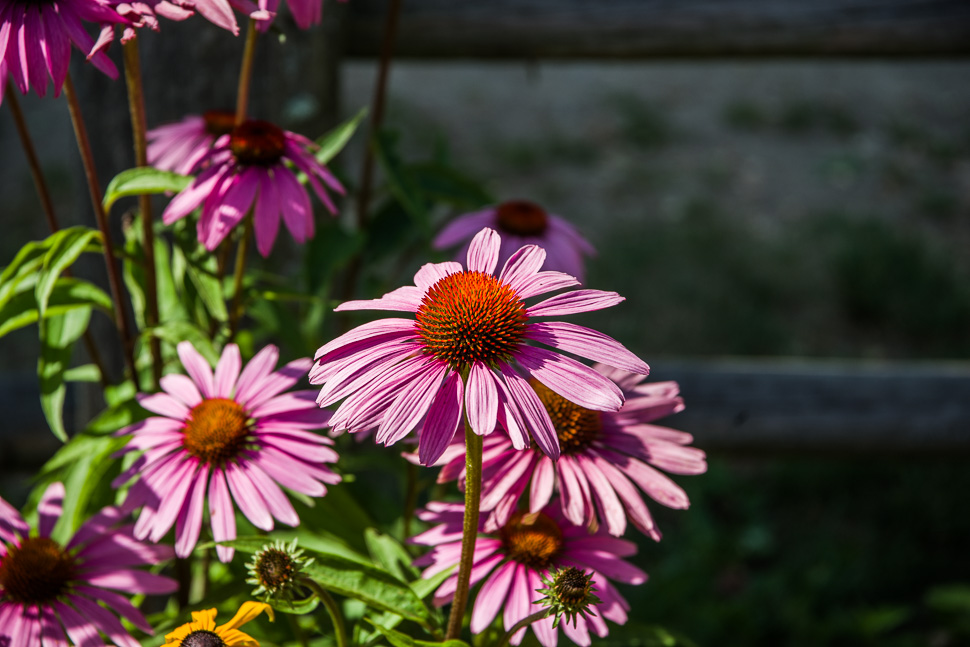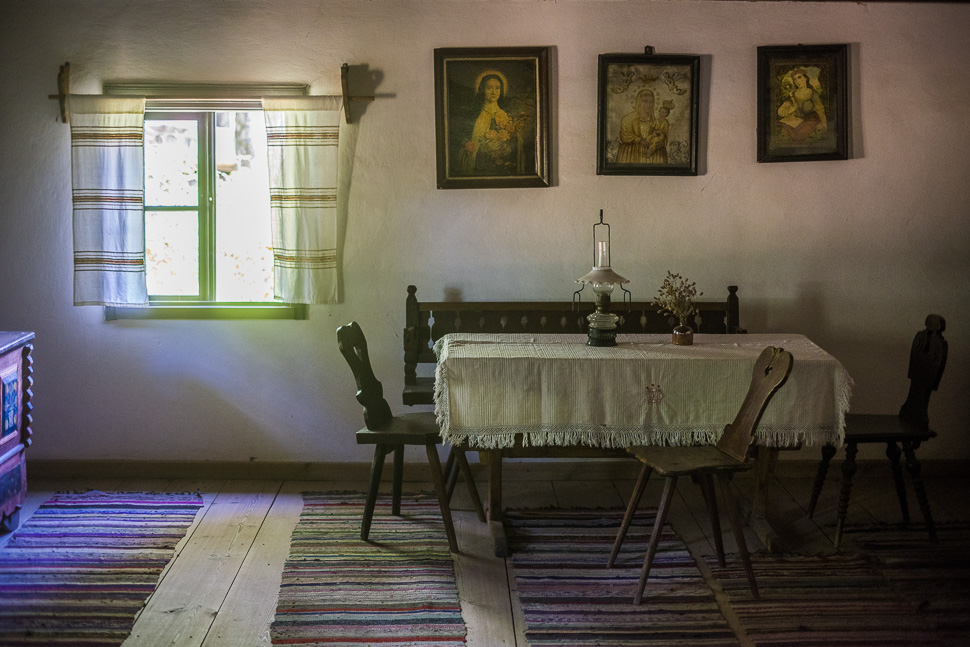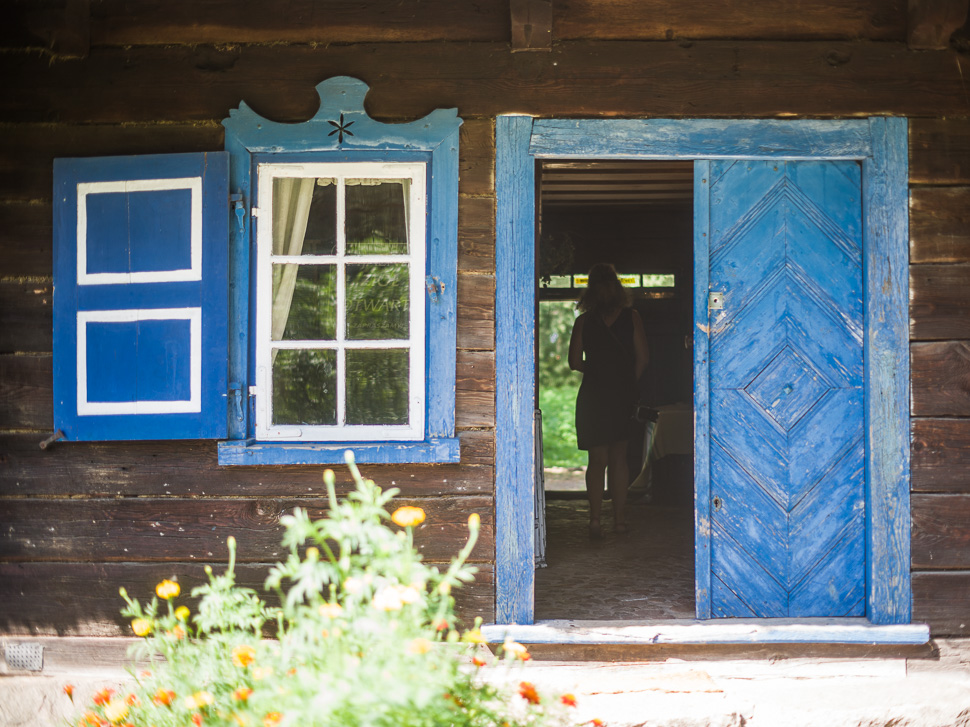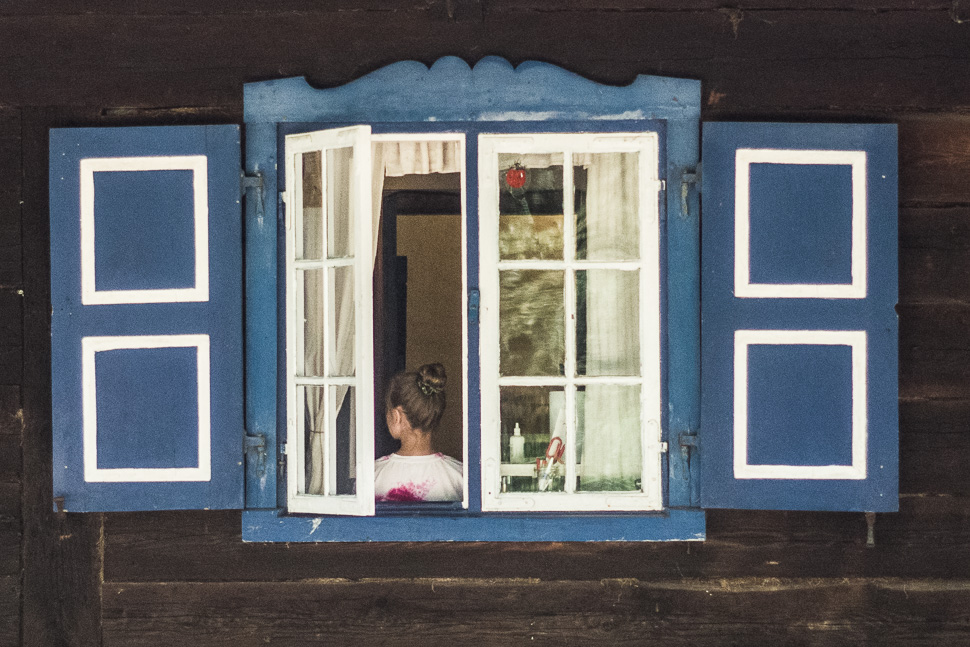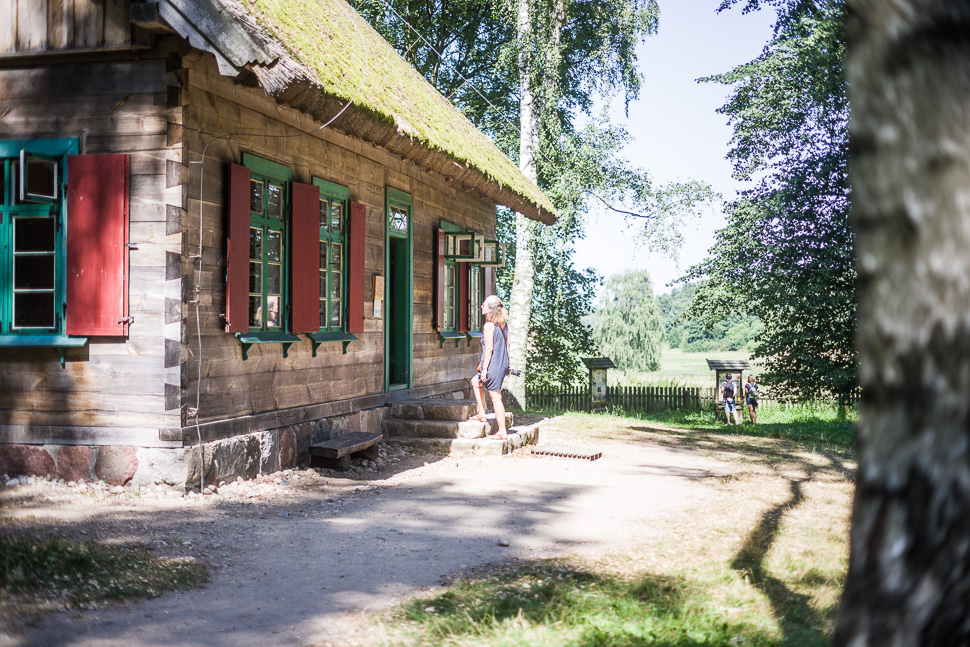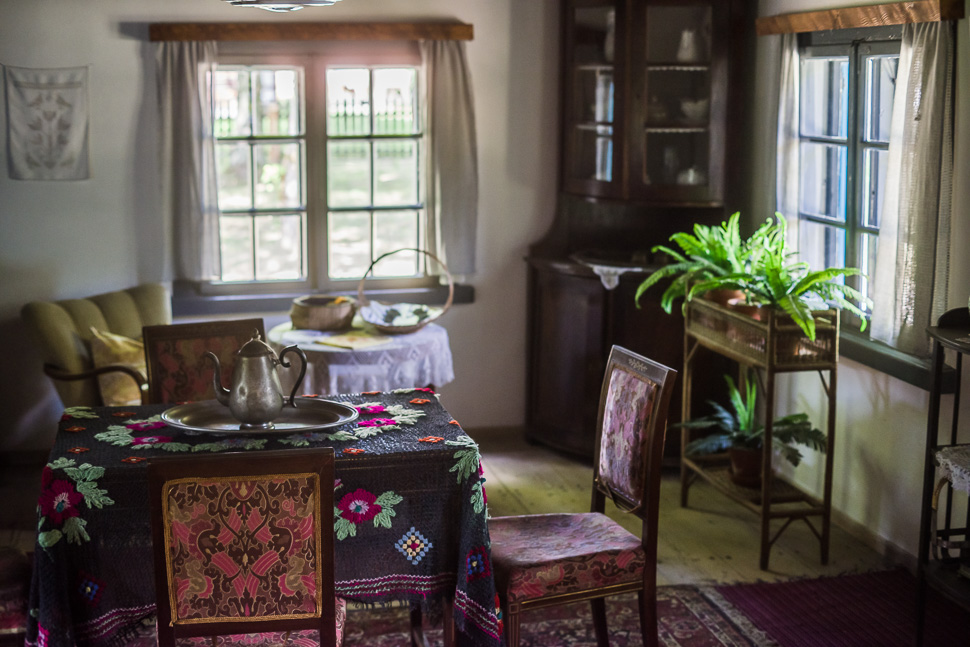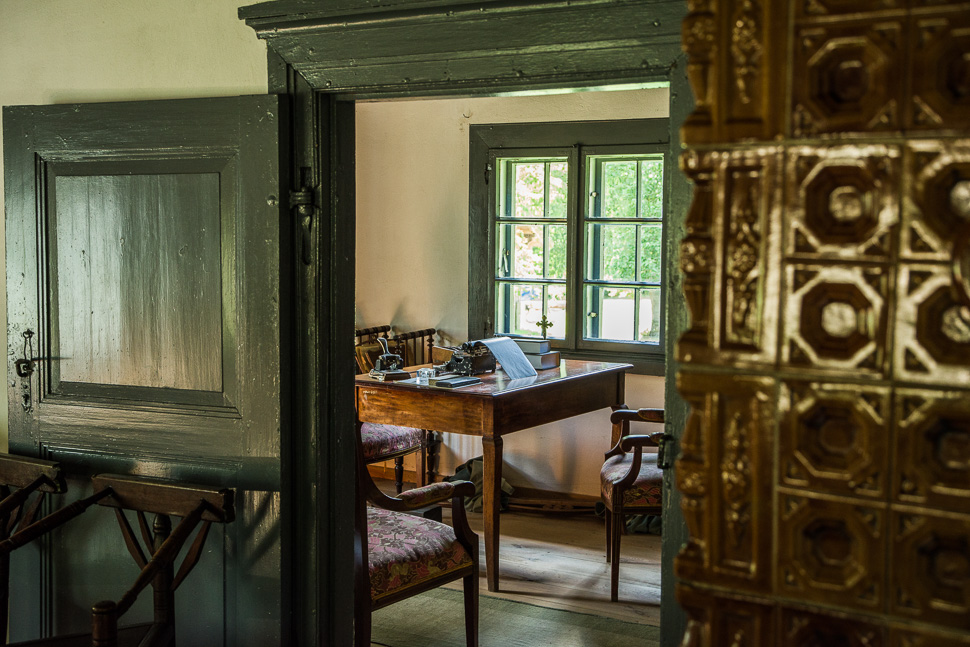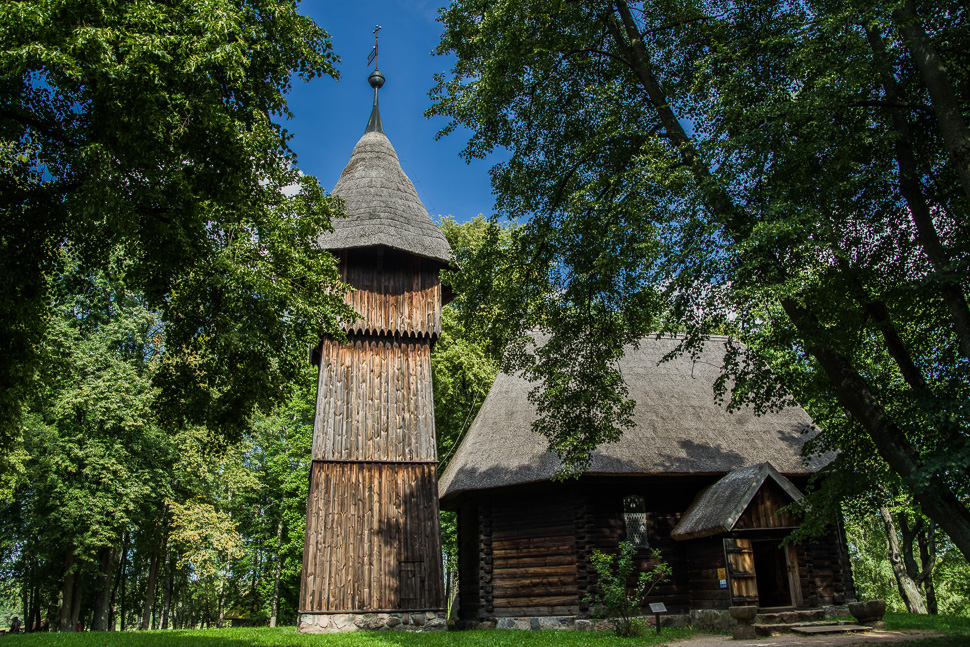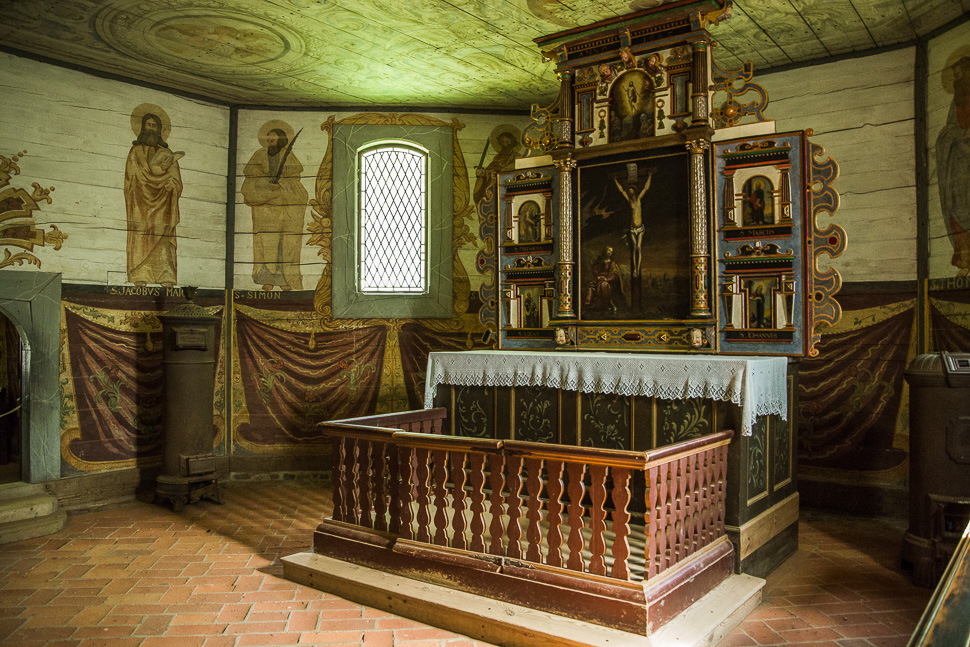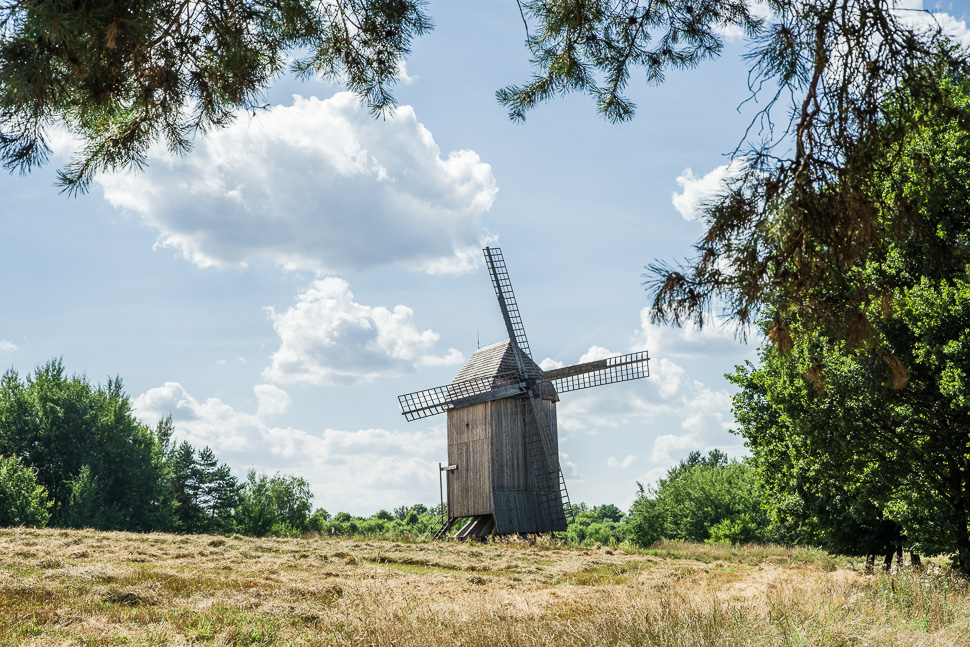With Olsztyn (Allenstein) we had reached the capital of the Warmian-Masurian Voivodeship, an area we are going to explore more during the next days. But first we did a tour through town and visited an open air museum south of Olsztyn.
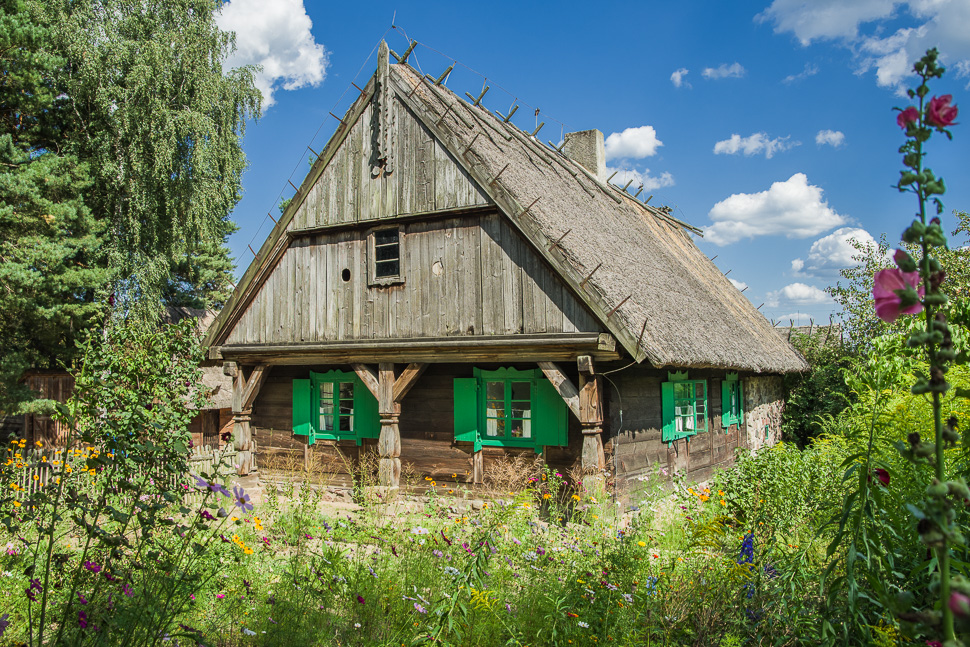 |
| Farmhouse from the 19th century |
From 1516 to 1521 Nicolaus Copernicus lived at the town’s castle as administrator. He was in charge of the Polish defenses in the Siege of Allenstein during the Polish-Teutonic War of 1519–21. He also started and managed the repopulation of the region, inviting a new wave of Polish settlers. The town then entered what is considered the region’s golden age, crafts and trade developed, also due to the city’s location on the Warsaw-Königsberg (Kaliningrad) trade route.
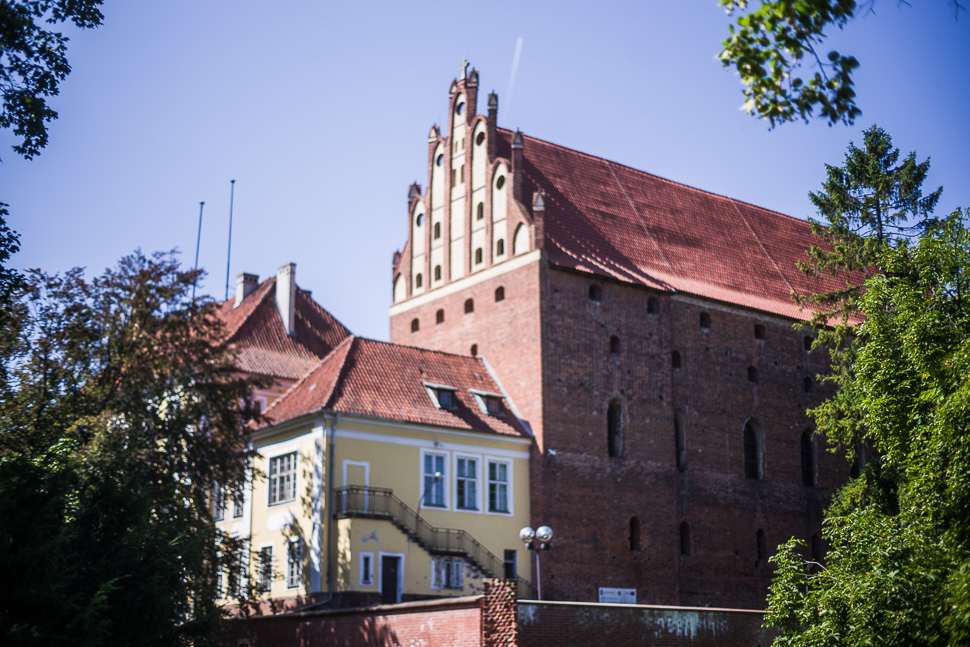 |
| Castle of Olsztyn |
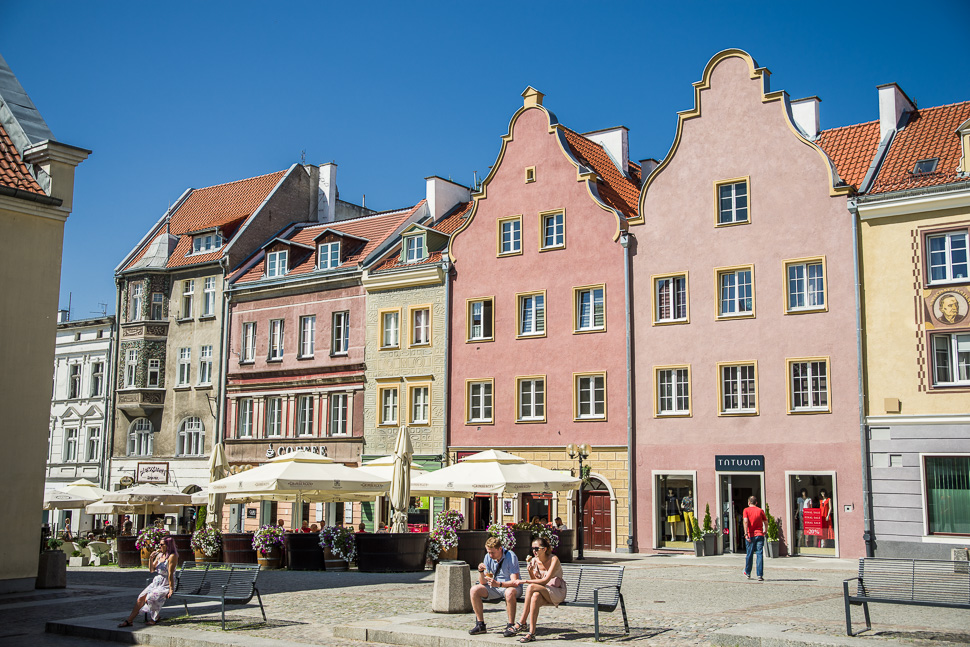 |
| Main square |
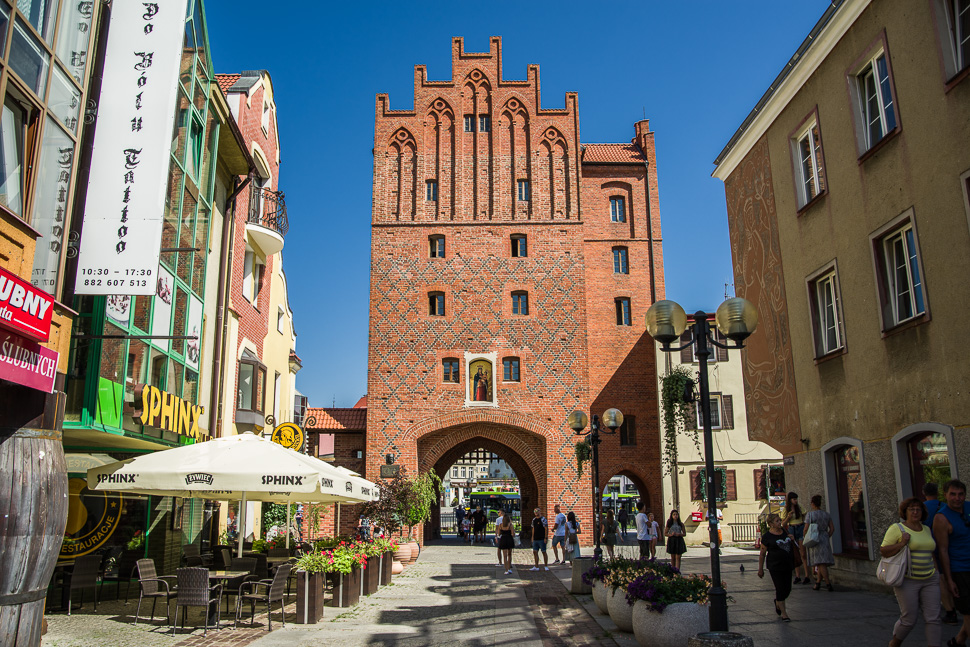 |
| High Gate |
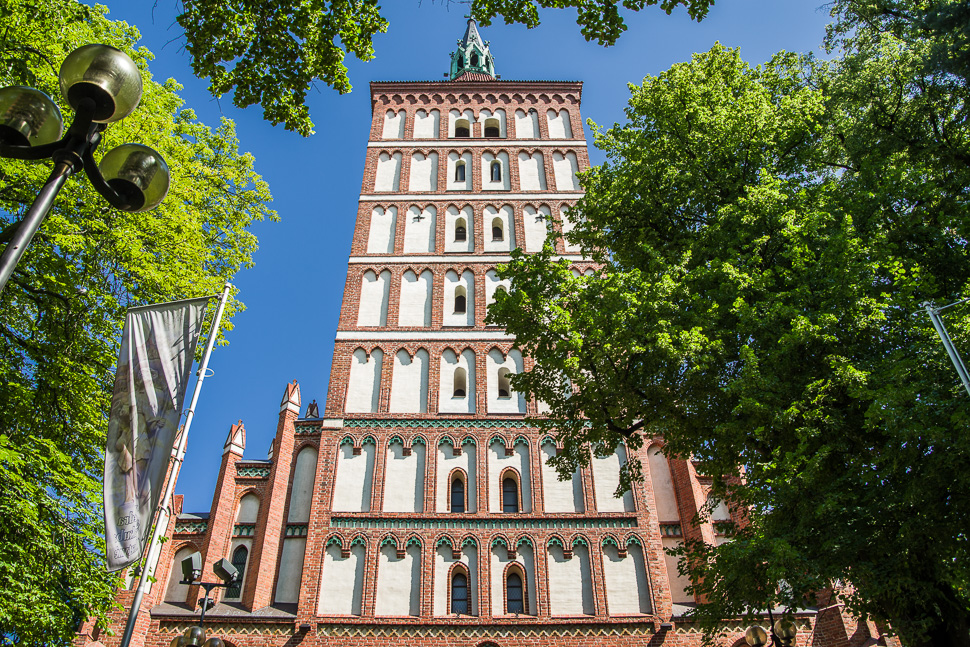 |
| St. Jacob’s Cathedral Basilica |
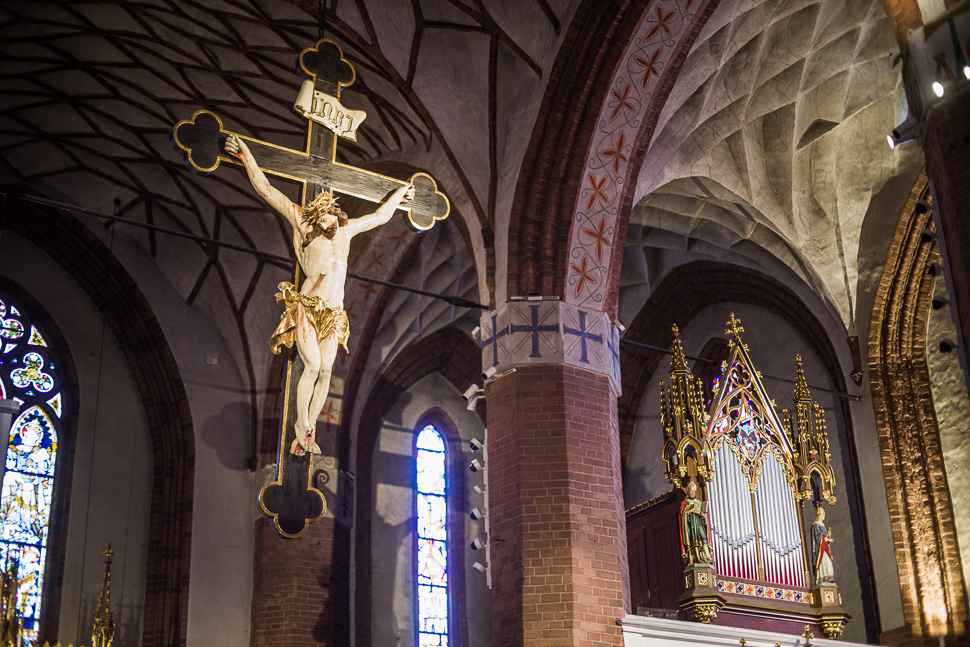 |
| Splendid interior of St. Jacob’s |
Monument to the Liberation of Warmia and Masuria, originally called the Monument of Gratitude to the Red Army, colloquially referred to as “gallows”. The monument was unveiled in 1954. In the back the Neogothic Sacred Heart church, built during the years 1901–1902.
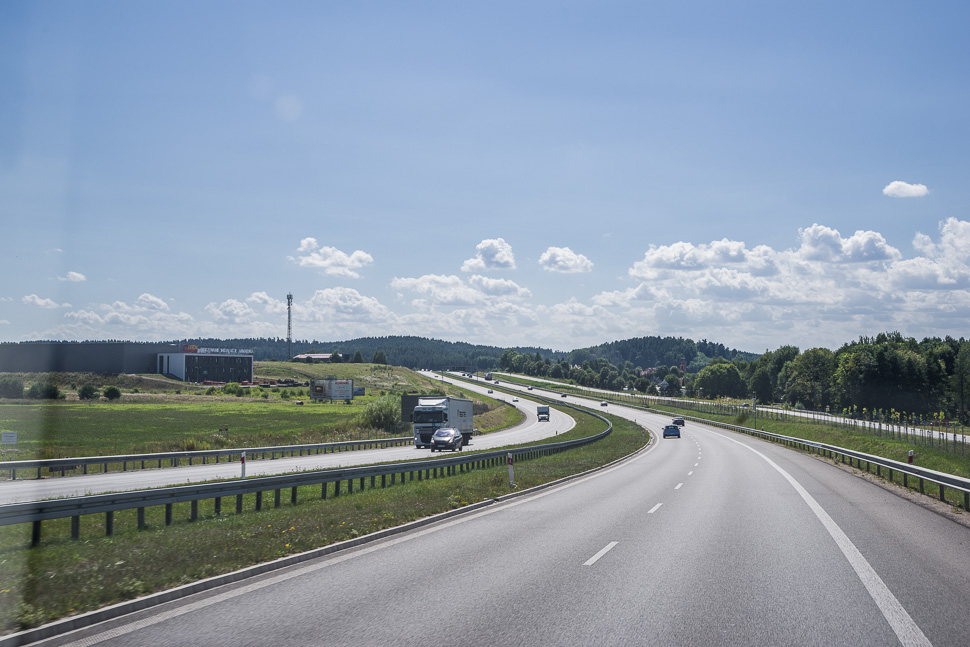 |
| On the way to the open air museum |
The open-air museum of folk architecture near Olsztynek (Hohenstein) is one of the largest in Poland and shows original and reconstructed buildings from Warmia, Mazury and Prussian Lithuania – half-timbered houses made of wood, granaries, windmills, farm buildings, an inn and a small church. It was nice to stroll from house to house even it was very hot but the trees provided good shade on our tour.
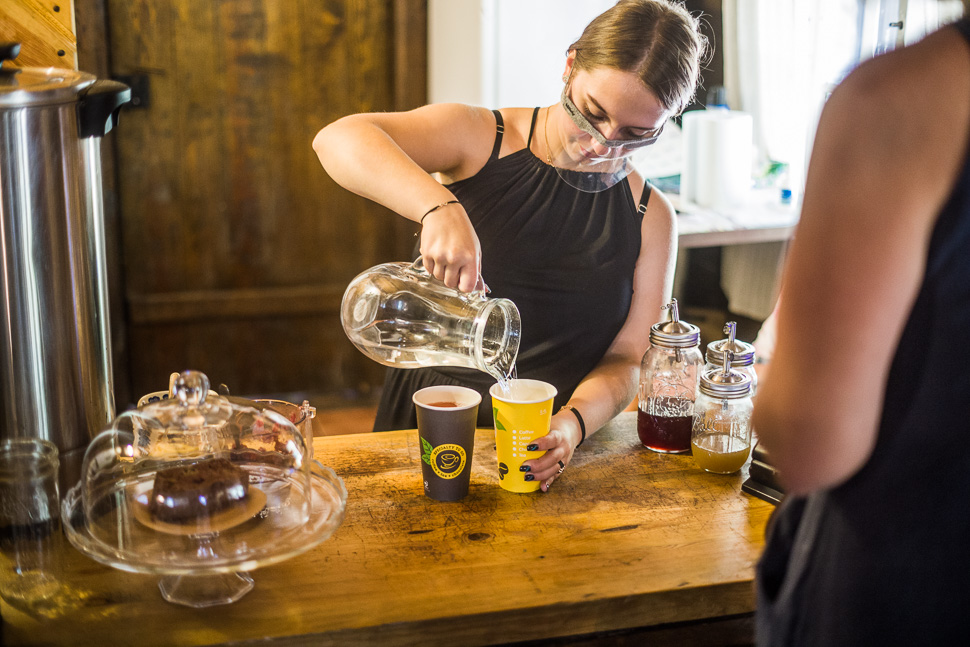 |
| Special lemonade sold at one of the houses |
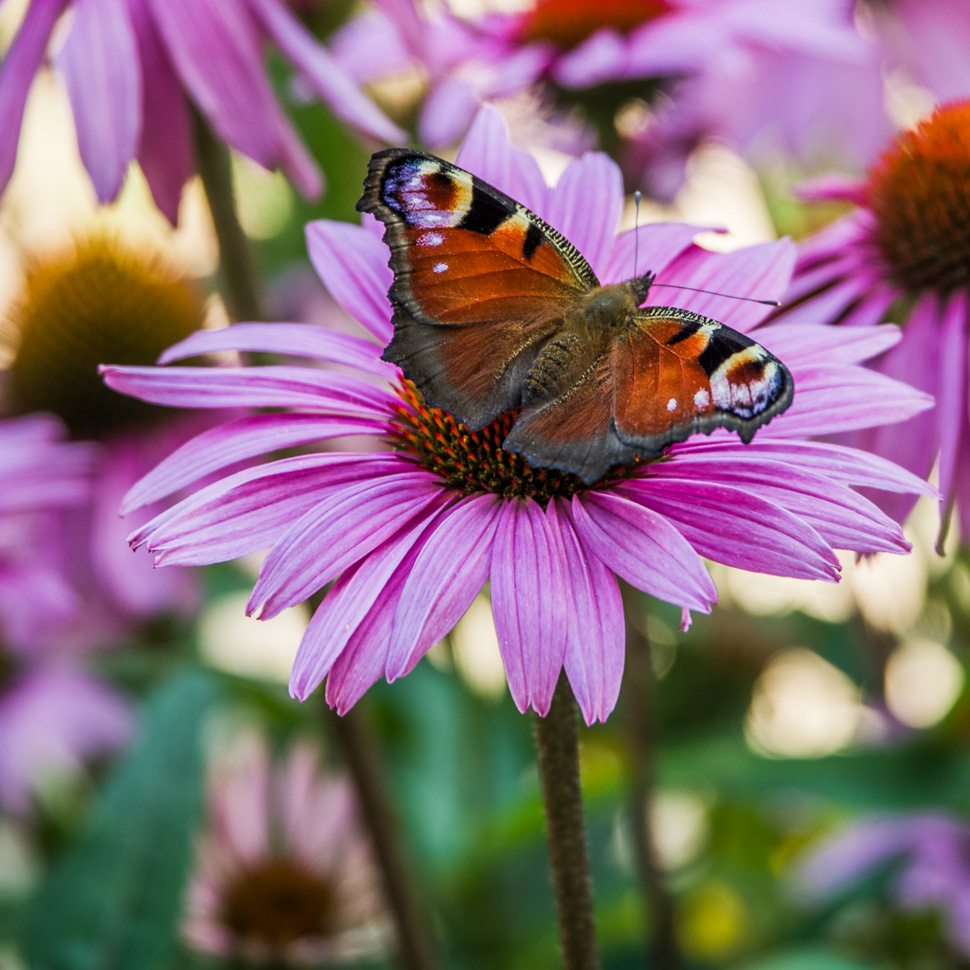 |
| Flower of the Day |

